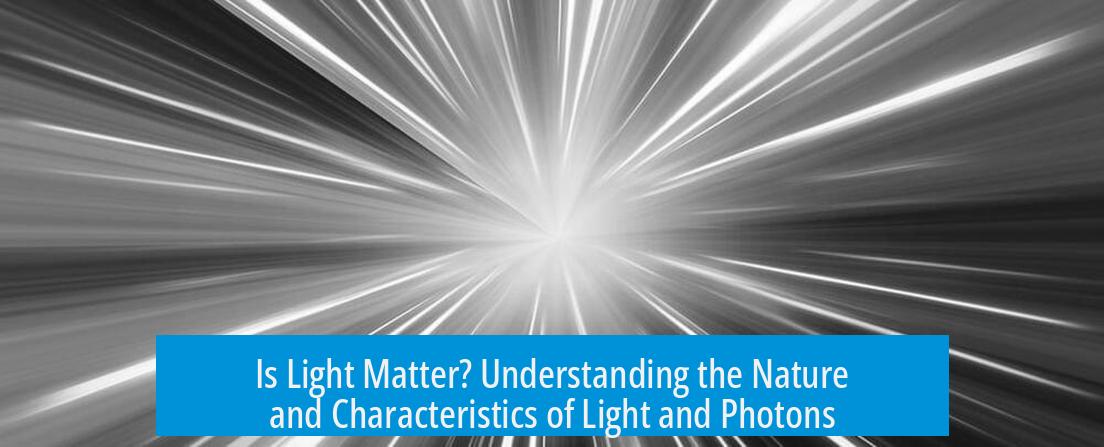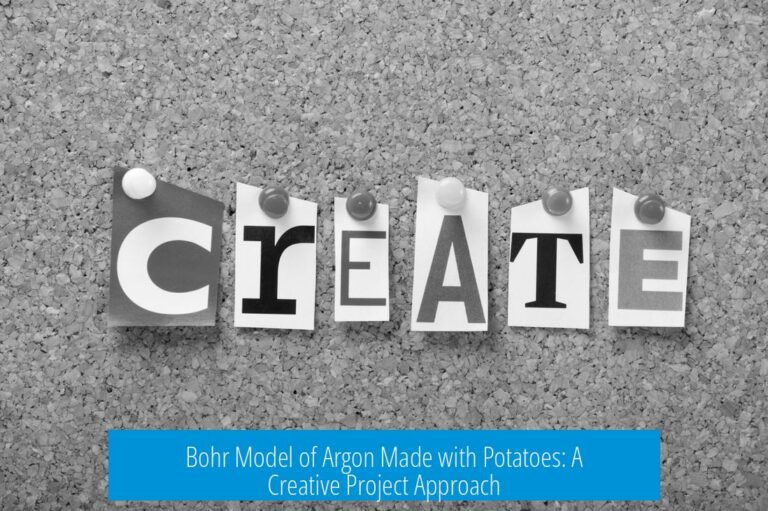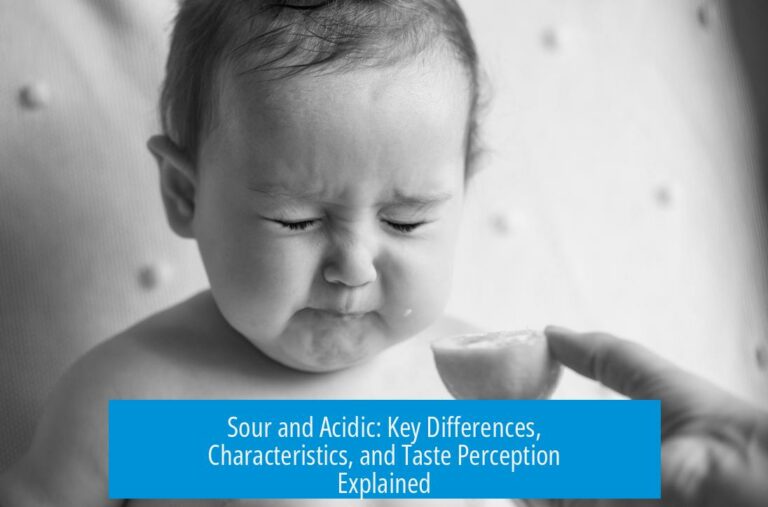Is Light Matter?

Light is not matter because it lacks mass and does not occupy space in the traditional sense. It consists of photons, which are massless particles carrying energy, differentiating light fundamentally from matter made of atoms.
Defining Matter and Light
Matter consists of substances that occupy space and have mass. It is primarily composed of atoms formed by protons, neutrons, and electrons. Chemists focus on ‘massive fermions,’ meaning particles with mass such as these atomic constituents.
Light, on the other hand, exists as electromagnetic radiation, comprising photons. Photons carry energy but have no rest mass. Because they do not have mass or occupy volume, photons do not meet the criteria for matter.
Characteristics of Photons and Light
- Photons are energy carriers created from processes like electronic transitions in atoms or molecules.
- Light behaves as a wave and particle (wave-particle duality) but remains massless.
- Electromagnetic radiation includes forms such as visible light, X-rays, and radio waves—all massless and energy-based.
Light cannot be weighed and does not have the physical properties that define matter. It transfers energy without changing its inertial mass.
Energy, Matter, and Their Interrelation
Energy and matter share a deep connection via Einstein’s equation E = mc2, which indicates energy can be viewed as mass in a different form. However, this theoretical equivalence does not imply that all energy manifestations are matter.
Chemical reactions that emit light do so by releasing stored chemical energy. This energy transition involves excited electrons returning to lower energy states and emitting photons. The photons produced contain energy but no rest mass.
| Concept | Description |
|---|---|
| Massive Particles | Protons, neutrons, and electrons composing matter |
| Photons | Massless particles carrying electromagnetic energy |
| Chemical Bonds | Store energy that can be released as light or heat |
| Mass-Energy Equivalence | Energy relates to mass but energy alone lacks rest mass |
Mass-Energy Changes in Chemical Reactions
During reactions, tiny mass changes occur due to the conversion of binding energy, but these shifts are too small to measure with typical equipment. The products may weigh insignificantly less because mass converts into energy, including emitted light. This shows a connection between mass and energy but does not classify light as matter.
Light’s Interaction with Gravity
Despite having no mass, light experiences gravitational effects such as bending near massive objects (gravitational lensing). This observation aligns with general relativity, which treats gravity as a curvature of spacetime affecting light paths. The effect does not imply photons have mass but shows how massless energy interacts with gravitational fields.
Questions remain about gravity’s speed and its interaction with light, revealing ongoing research in theoretical physics. These phenomena confirm that light’s nature differs fundamentally from matter.
Summary of Key Points
- Light is not matter: Being massless disqualifies photons as matter.
- Matter vs. Energy: Matter has mass and occupies space; energy, including light, does not.
- Chemical reactions can produce light: Energy stored in chemical bonds releases photons.
- Mass-energy equivalence: Energy and matter relate, but energy alone is not matter.
- Light interacts with gravity: Despite lacking mass, light paths bend near massive bodies.
For deeper understanding, one should explore quantum mechanics and electromagnetic theory. Resources like the Atomic Emission Spectra text offer solid foundational knowledge.
Is light considered matter?
No. Light is massless and does not occupy space. It is electromagnetic radiation, which means it carries energy but is not matter.
How does light differ from matter at the atomic level?
Matter is made of atoms containing protons, neutrons, and electrons. Light is made of photons, which have no mass and do not consist of atoms.
Can light have mass because it is affected by gravity?
Light bends near massive objects due to gravity, but this does not mean it has mass. Gravity affects light’s path, but photons themselves remain massless.
Is there a connection between energy in light and matter?
Yes. Energy and matter are related by E=mc². Light carries energy, but since it has no rest mass, it is not classified as matter.
Does the release of light in chemical reactions change the mass of reactants or products?
In normal chemical reactions, mass remains effectively constant. The energy released as light comes from chemical bonds, which have a very small mass equivalent that is usually undetectable.





Leave a Comment